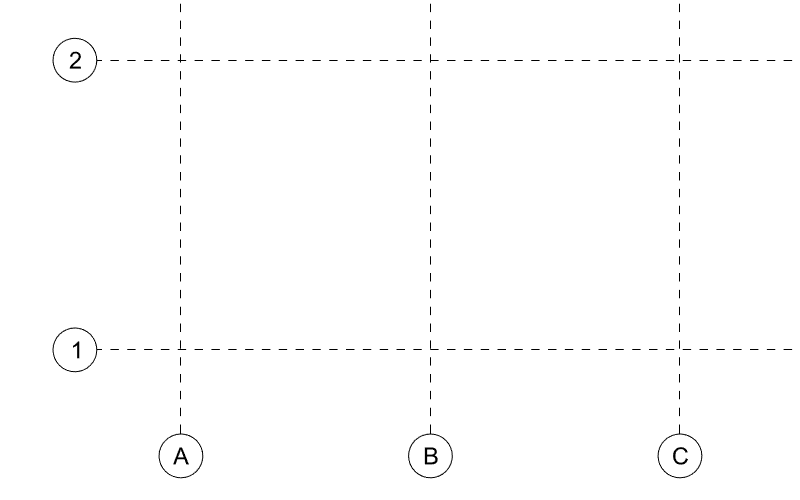Your Cart is Empty
Customer Testimonials
-
"Great customer service. The folks at Novedge were super helpful in navigating a somewhat complicated order including software upgrades and serial numbers in various stages of inactivity. They were friendly and helpful throughout the process.."
Ruben Ruckmark
"Quick & very helpful. We have been using Novedge for years and are very happy with their quick service when we need to make a purchase and excellent support resolving any issues."
Will Woodson
"Scott is the best. He reminds me about subscriptions dates, guides me in the correct direction for updates. He always responds promptly to me. He is literally the reason I continue to work with Novedge and will do so in the future."
Edward Mchugh
"Calvin Lok is “the man”. After my purchase of Sketchup 2021, he called me and provided step-by-step instructions to ease me through difficulties I was having with the setup of my new software."
Mike Borzage
Is CFD “Moving to the Left”?
December 06, 2006 2 min read

We recently added a user friendly CFD (Computational Fluid Dynamics) software (CFD-CADalyzer) to our offering that brought back memories of a decade old marketing catch phrase.
I remember when in the 90s the idea that FEM/FEA was "moving to the left" started to go around. It basically meant that the latest generation of FEM/FEA products were easy to use and affordable enough to be run directly by designers, hence moving to the early stages of the design process ("to the left"). Now the concept that designers have access to FEM/FEA reached the mainstream. Alibre offers FEA/FEM tools bundled with its Design Professional version, SolidWorks bundles COSMOSXpress with every version and other CAD vendors offer similar combinations. FEM/FEA has permanently moved to the left.
The advantage of having designers do more analysis is mostly centered on the idea that by verifying their designs with analysis tools before passing them downstream for further development they will weed out the most obvious errors. This will speed up the design loop cycle by reducing the amount of required design changes due to problems found only when performing costly advanced analysis or testing prototypes. One ancillary benefit to this is that, over time, designers develop better intuition and understanding of structural issues further reducing the number of early stage design problems.
So is it CFD’s turn to "move to the left"? I think the answer is a resounding yes. Today’s meshing (FEM) tools for CFD are reasonably user friendly and can certainly be proficiently used by design engineers, and CFD solvers are now capable of providing meaningful results in a decent time frame running on a modern Personal Computer.
This means that designers can access tools that allow them to simulate flow dynamics, heat transfer, cooling and several other conditions before passing their designs downstream. Thanks to this, companies that are first to deploy CFD tools onto their designer’s workstations will reap the benefits of designing better products faster.
Cristiano Sacchi
Also in NOVEDGE Blog

MecSoft Unveils RhinoCAM 2025 and VisualCAD/CAM 2025 with Enhanced Features
March 08, 2025 5 min read
Read More
Maximize Your Architectural Workflow with VisualARQ 3's New Guides Feature
January 30, 2025 5 min read
Read More
Introducing V-Ray 7: Transforming Creative Workflows in Maya and Houdini
January 28, 2025 7 min read
Read MoreSubscribe
Sign up to get the latest on sales, new releases and more …


